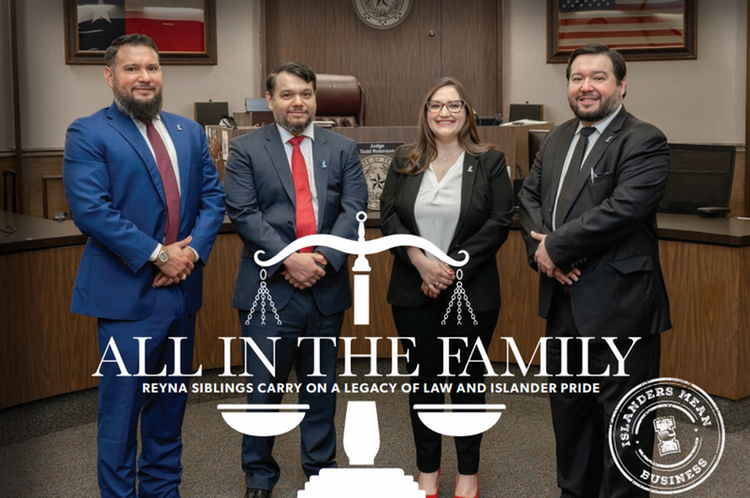First-Year Symposium Presentations Reflect a Semester’s Worth of Learning for 2,200 Students
CORPUS CHRISTI, Texas – Ask any new undergraduate and he or she will tell you: The First-Year Symposium is a rite of passage for every first-year student at Texas A&M University-Corpus Christi.
About 2,200 students sported dress-to-impress attire and shared details about their respective learning community project with symposium guests at this fall’s event, which was open to the public and held Nov. 29 and 30 in the University Center. The poster-style conference consisted of 20 learning communities, including economics, environmental science, and independent seminar, to name a few.
Symposium coordinator Chelsie Hawkinson knows firsthand the thrill and anxiety the average presenting student faces: She is a graduate of the Island University’s First-Year Learning Communities Program (FYLCP) and first joined the FYLCP faculty as a teaching assistant in 2007.
Learning community faculty and the collaboration that takes place on learning community teams are key components to the success of First-Year Symposium, Hawkinson said.
“Our faculty develop an assignment – typically research-based – that the students will prepare to have a discussion with audience members,” Hawkinson said. “There are a wide range of topics. The psychology learning community is looking at cognitive science and how memory works and how students can be more efficient in their study practices. The music learning community is performing music. It’s an opportunity to show how the students have developed from the beginning of the semester to the end of the semester.”
Political science and biomedical sciences double major Morell Jenkins is a junior and a first-year student at the University. Jenkins was in the Biology and Chemistry Learning Community, which explored the theme “Science Success Through the Eight Dimensions of Wellness.” Jenkins’ group presented a poster on the physical impacts of financial stress.
“Working as a group, it was just the dynamic of all of us and our different interests and research styles as well as information that we compiled,” she said. “It was interesting to see all the things we brought together and how we were able to come out with a final project.”
Media Arts major Adrian Martinez was in the Sociology Learning Community and together with group members Juan Garza, Aquileo Estrada, Leo Rubinos, and Walker Herrold, the team focused on busting a cultural norm – in this case, how personal space is valued in American society.
The team conducted an experiment in a large public shopping center where Martinez approached subjects and invaded their personal space so his team-members could record the reactions, which were presented at the First-Year Symposium in a video loop. Reactions, the team said, ranged from surprise to outright hostility. The sociology group then expressed the number of reactions by ethnicity in a data chart on its poster.
“In the U.S., we value who stands next to us and how much space we have, which is different from other cultures where personal space is not valued the same way,” Martinez said.
An innovative, nationally recognized program that helps students successfully transition from high school to the university, FYLCP has been awarded a Texas Higher Education Star Award by the Texas Higher Education Board. The program is housed in University College along with other programs that support undergraduate success, such as Honors Program, the Department of Undergraduate Studies and the Center for Orientation, Advising and Students in Transition (COAST).
“According to The Association of American Colleges and Universities, student competence in a public setting is a key high-impact practice, and so we’ve created this opportunity for students to be able to do that,” Hawkinson said. “Presenting at the symposium transforms their experience from consumers to producers.”
Hawkinson said she was pleased with event attendance as well as student performance.
“We were incredibly impressed by the turnout of both faculty and students. It was clear students impressed their audience members with the high-quality work they produced,” she said. “First-Year Symposium reinforces learning community goals that push students to engage in learning beyond the traditional confines of the classroom.”











































